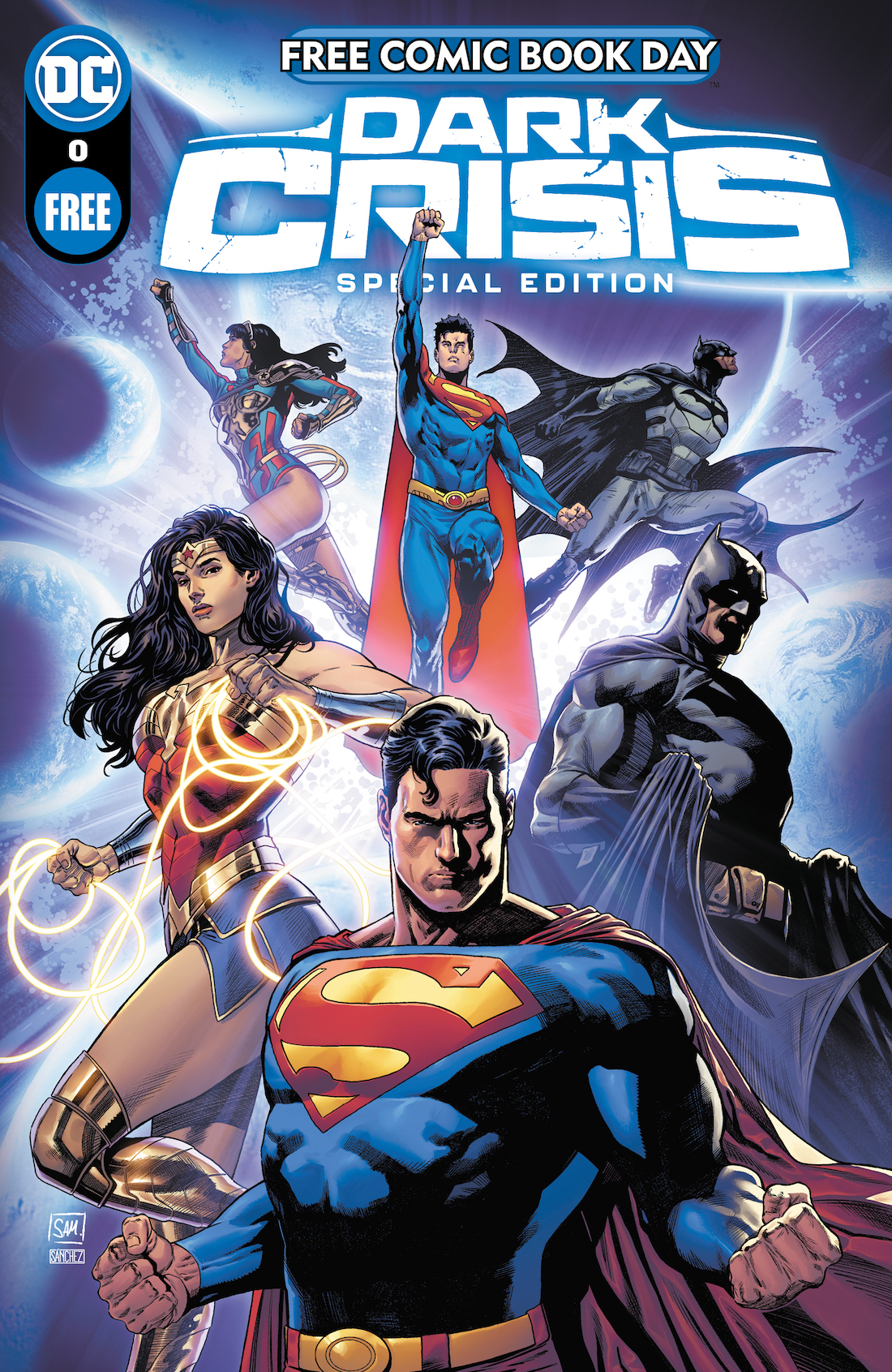New vs. nostalgia - why new characters have a hard time succeeding in superhero comics
The uphill climb new DC and Marvel characters have amidst giants like Batman, Spider-Man, and the X-Men
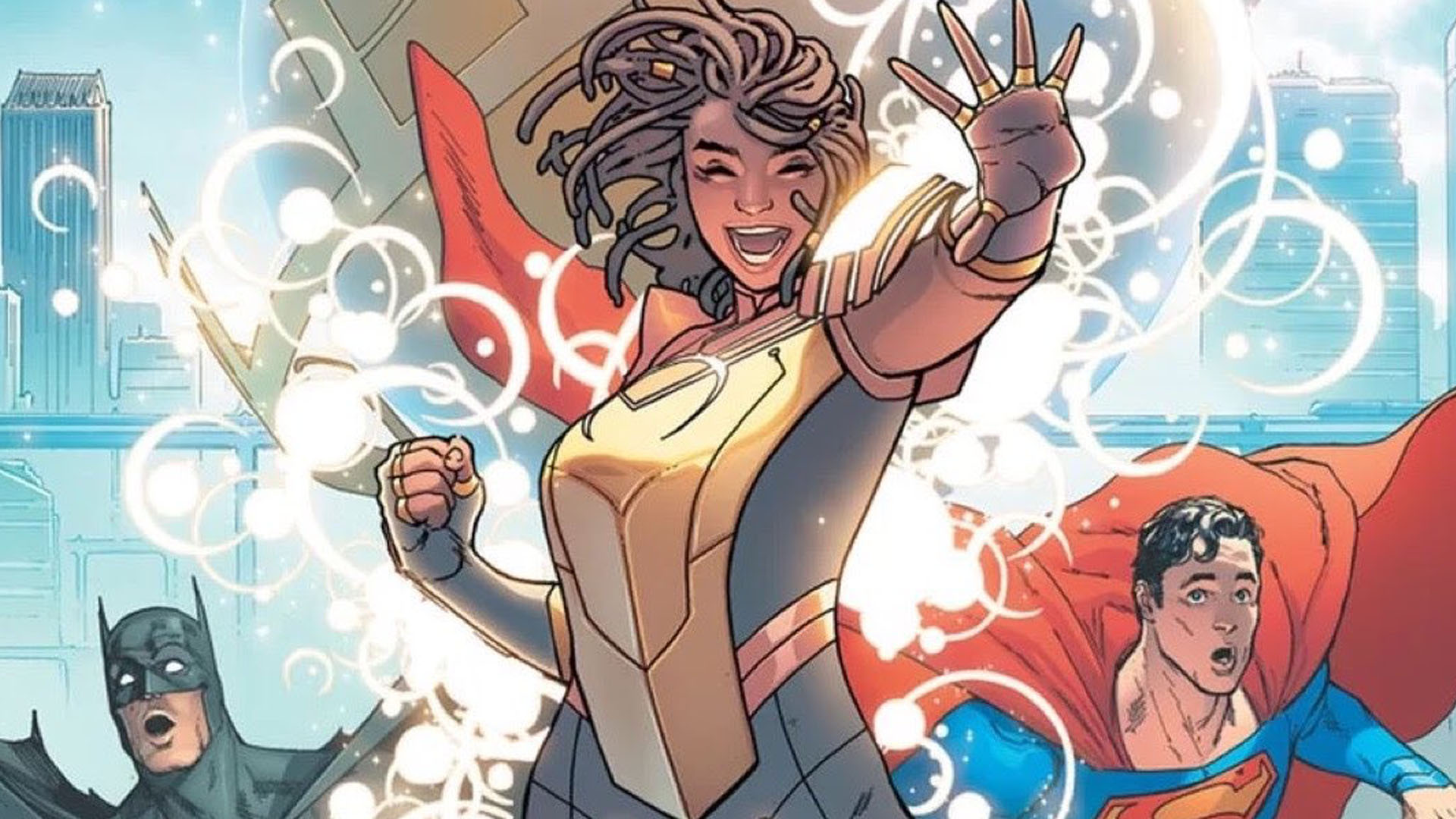
A common complaint among critics of popular fiction is that most works aren't "new" or "original" enough.
Probably nowhere does that complaint appear to be more justified than among superhero comic books, where the best-selling titles are still the ones that feature the oldest, most familiar characters and concepts.
As comic publishers strive for new ways to reach out to a new audience, they often try out new characters. But the fandom appears to be resistant to that type of change. Batman and Spider-Man have been top sellers for decades, and this year it looks like it won't be much different, while the freshest and new concepts struggle to find an audience.
But why? Well, we looked into new characters and concepts -- and the difficulty comic book companies have when they try to introduce them.
Not new, but the appearance of new
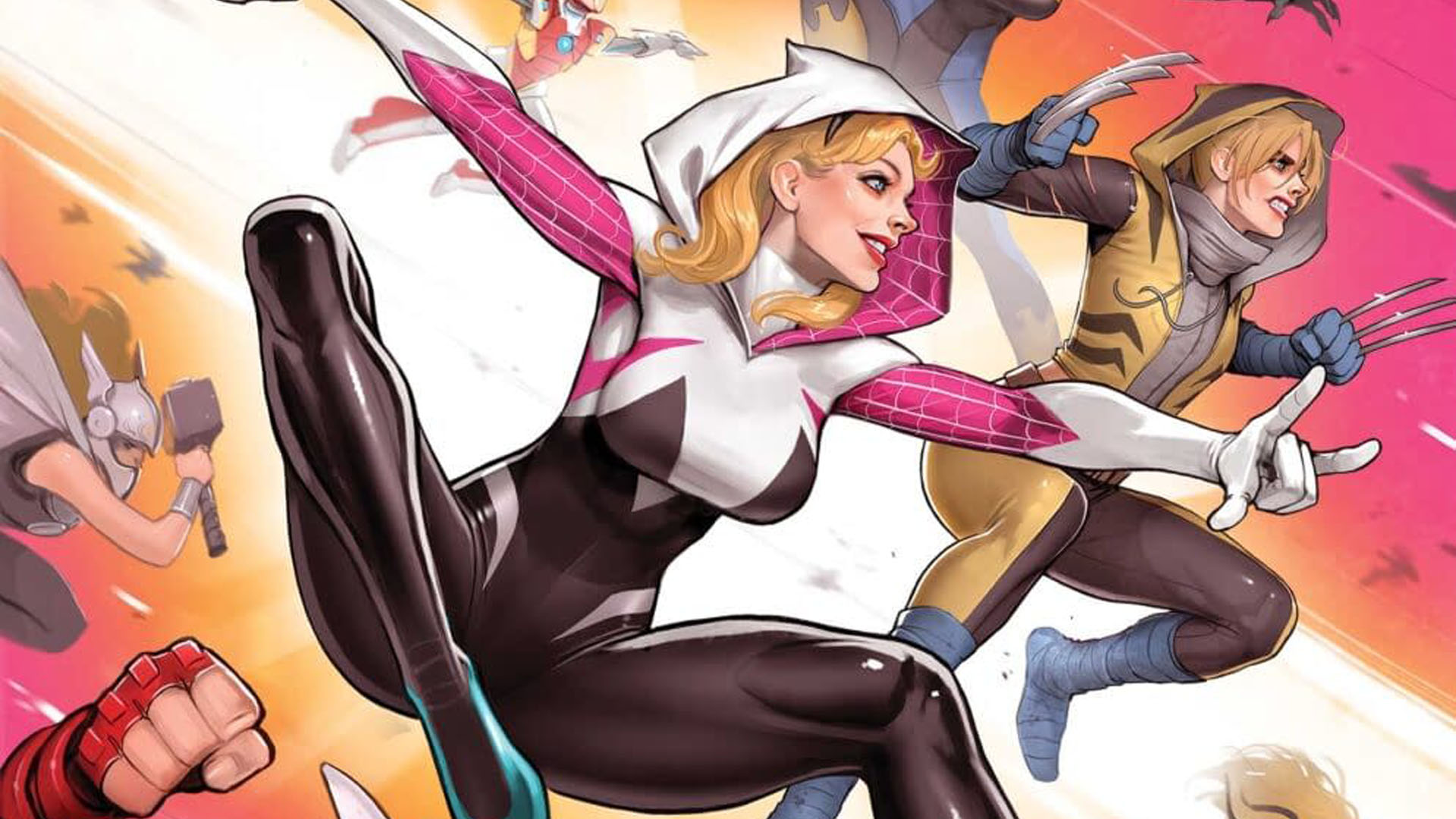
The late writer David Foster Wallace once explored the attraction pop culture audiences have toward the familiar in his book of essays, A Supposedly Fun Thing I'll Never Do Again. By examining the evolution of television, Wallace came to the conclusion that TV's shortage of originality can't be blamed on any lack of creativity among its writers.
Instead, it's rooted in the audience's need for reassurance and comfort in its entertainment.
"Despite the unquestioned assumption on the part of pop culture critics that television's poor old audience deep down 'craves novelty,'" he wrote, "all available evidence suggests, rather, that the audience really craves sameness but thinks, deep down, that it ought to crave novelty."
Get the best comic news, insights, opinions, analysis and more!
What fans say they want and what they actually buy are two different things. While comic book readers complain perhaps the loudest about those stories that feel too familiar, is the lack of new characters and concepts actually more related to the audience's internal preferences?
"What he's pointing out," says Lilah Sturges, a novelist and comic book writer, "is that people who are taking in entertainment, as opposed to art, want not novelty, but the appearance of novelty, or the appearance of originality.
"I think that's why TV is a serial medium for the most part, being episodic and featuring the same characters and similar situations over and over and over and over," Sturges says. "Television networks are very cognizant of that. That's why when a show starts, like Fringe, for instance, which has a very complex story arc, at the very beginning, it was 'monster of the week.' That created an expectation of familiarity in the viewer. And the people who program television are very canny in that way."
Sturges says the people who publish comic books are canny in a similar way.
"They understand that comic books are something that, for many readers - and especially superhero readers - comics are something that these fans grew up with. Comics are something that has given them much comfort over their lives. This feeling of continuity.
"You can look back and you can have read hundreds and hundreds of comics featuring the same characters in similar situations that grow and change over time," she said, pointing out the 'appearance' of novelty. "But there's a central core there that remains unchanged."
The writer said she's not judging the audience's craving for familiarity, because she does it herself.
"I don't like the idea of Superman becoming someone else," Sturges says, pointing toward her natural hesitance about accepting the 2011 'New 52' relaunch of Superman. "The core of me would say that's not what I want. I think when we try to push newness on readers, we run the risk of disrupting that sense of comfort. And I think that's one of the reasons readers tend to, in general, reject new characters. Because they don't have that comfortable sense of familiarity with them, and so you're not comforted by their stories in the same way you would be, however good the stories are.
"In some ways, actually, I think the quality of the stories is less relevant," Sturges adds.
Lack of time to become familiar
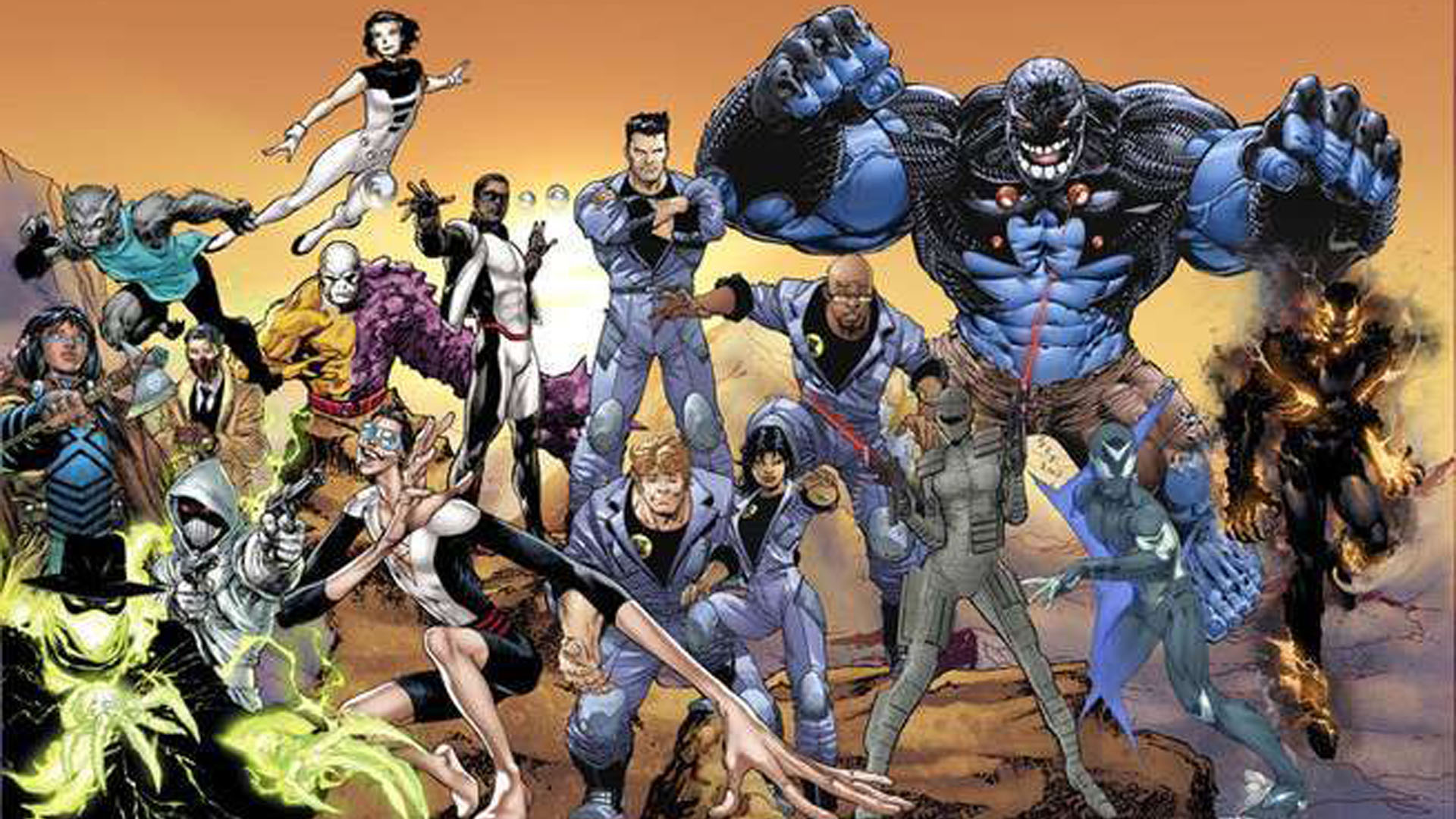
Of course, there have been success stories for new characters, where readers were given the time to become familiar with their stories. But Sturges says there's rarely that kind of luxury in comic book publishing, because the monthly sales figures decide what books are given more time.
"Comic book companies aren't charities, so they can't continue to publish a story just because it's good or has something new that they want to establish," Sturges says.
Tom Brevoort, senior vice president at Marvel Comics, says the fundamental core philosophy his company holds is that good books sell. But he acknowledges that some new characters and concepts don't end up selling even when they're presented in what he considers to be a high-quality way.
"There are certainly books that are quality publications, whether they're new characters or just revamps of old ones, that don't find an audience," he says. "At any given company, some of those will be able to run possibly longer than would ordinarily be dictated by finances because there's just such a love or respect for the craft that's involved, but eventually even those titles fold up their tents because it's a business, and we live in the real world, and there's a financial reality."
"There is nothing that the contract that you sign in order to get paid by major comic book companies that says your story has to be good, or that it has to be 'new' or 'fresh,'" Sturges says. "It just says that it has to be turned in on time. And there's an important business reason for that, which is that 'good' and 'what sells' are two completely different things, no matter how much we'd like it to be otherwise. And everybody has a different idea about what's 'good.'"
That means new characters and concepts, if they don't find a comic book audience, aren't given the time to become familiar, Sturges says. "It takes time
"And the nature of comics is that it's rare for a book that doesn't immediately find that audience to be given that kind of time."
Brevoort says it is possible, pointing out that it took time to get people used to the Winter Soldier, but the quality of that story won over the legions of comic book fans who said 'Bucky couldn't come back.'
"Somehow, we did a run of Captain America stories that Ed [Brubaker] did and Steve Epting did in which Bucky was brought back and was revealed to be alive, and transitioned into being the Winter Soldier and eventually Captain America, that the audience liked and responded to," he says. "It took time, but I firmly believe that if a new character, or the revamping of an old one, is done well - even if it's something that fans originally say they don't want - then no character is beyond a chance at finding acceptance."
Overcrowding and pricing
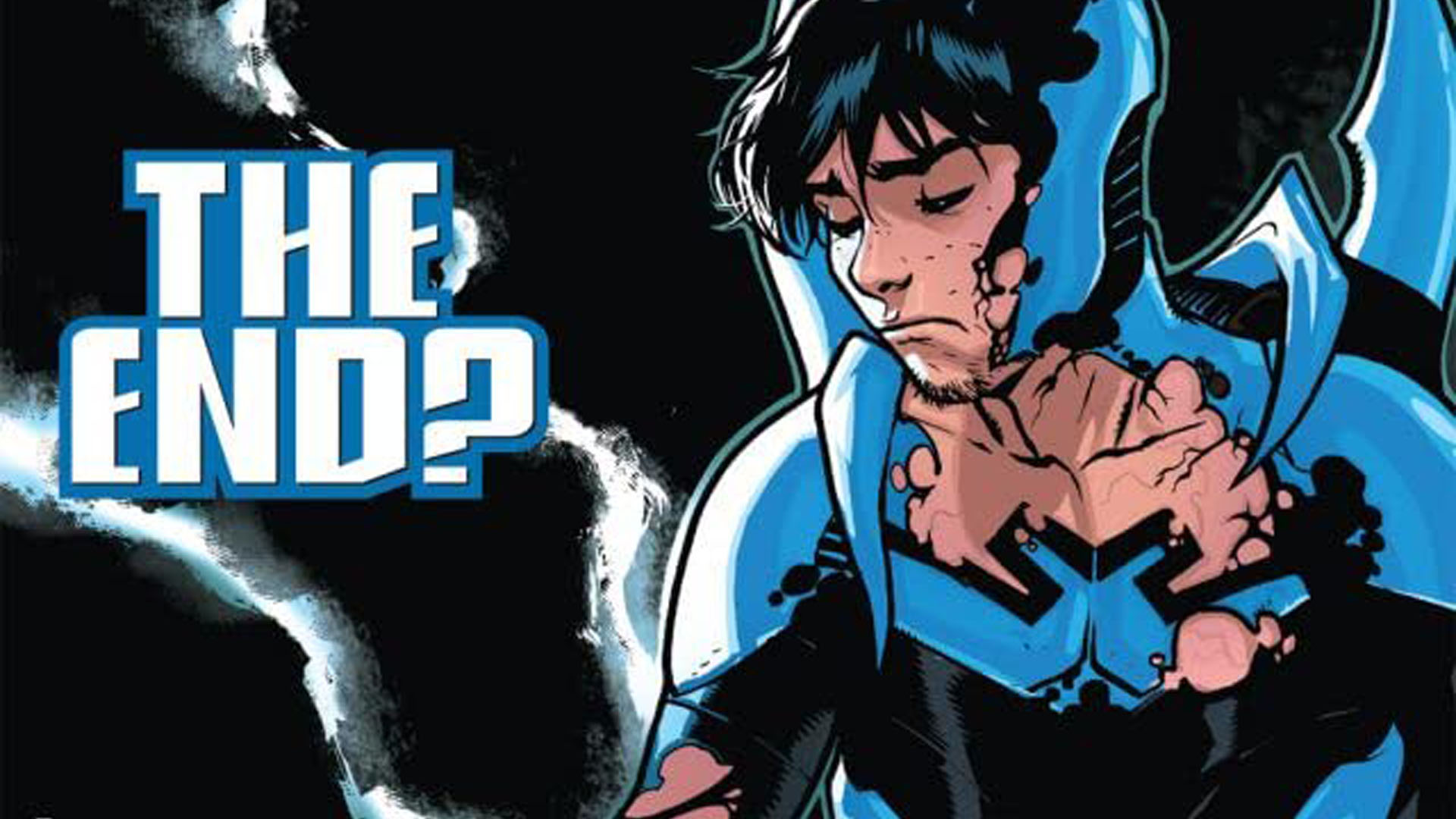
Sturges has a reason to be knowledgeable about the struggle to get comic fans to accept something new. She was one of the writers on the a canceled Blue Beetle series that introduced a new character, and she also wrote for a short time on the titles that briefly introduced the Red Circle characters to DC.
"I think part of the problem with the Red Circle characters was that, while it was very well done in a lot of respects, it wasn't something that people had been clamoring for. It was sprung on an unsuspecting market who, for the most part, didn't care whatsoever about those characters," Sturges says. "So there has to be a buy-in from the readers to spend time and money getting to know these guys."
Another writer on the Red Circle stories, Brandon Jerwa, agreed that the series suffered from readers not wanting to spend their precious money on a set of characters they didn't know.
And that is even more important to consider, he says, when there are already so many superhero characters from which to choose in a market where prices are already relatively high.
"The marketplace, in general, is so broad now and there are so many superheroes that I feel that we're overcrowded with superheroes," Jerwa says. "They're the reason that we move books, by and large, the biggest selling books are superhero books, but it's hard for someone to make that investment to add yet another superhero.
"Meanwhile, you have a creator-owned book out there that is something new and interesting, and there's space for that genre," he says" A customer will say, 'Oh, I'll spend my $2.99 or $3.99 getting something different, but I don't need another superhero book. I already read those.'"
"If you look at how much comic books cost versus what that money can buy you in other forms of entertainment," Sturges adds, "there's a very steep buy-in to comics. And that's one thing that's really, really difficult to overcome. It's very hard to find lightning in a bottle.
"I think that, with the existing comic book audience, when they have to spend $2.99 for an issue, it's understandable that they're going to forego a comic about a character they don't know," Sturges says. "It's frustrating sometimes, but I think that unless there's a really compelling reason for the new character to get their attention and, thus, their money, it's an uphill battle."
Nostalgia

With comic books, because they were once a medium aimed squarely at youths, there's also the added pressure to recreate the feeling that many older fans have for the superheroes they started reading about when they were young.
And that means new characters have a tough go of it.
Before his death, the legendary comic editor/writer Denny O'Neil told Newsarama that his biggest challenge as an editor at Marvel and DC during the '80s and '90s was keeping the balance between the 'new' and the 'nostalgia' that made fans want some things kept intact.
"One time, I was speaking at M.I.T., and afterward there was a reception," O'Neil said. "And I realized, boy, I am in a room with 20 of the smartest college students in the country, and because M.I.T. was initiating a comic book program, they're knowledgeable. So I asked, we editors never really know what fans want. What do fans want? And one of them said, fans want you to recreate something that they loved from their childhood. And I thought that was a pretty accurate answer."
The writer/editor said he learned that it's actually a balancing act between keeping things contemporary and keeping them the same.
"It was a trick I learned from [longtime DC editor] Julie Schwartz," he said. "Keep the essence of the character intact, and then let everything else evolve to service a kind of funhouse mirror of contemporary reality. But keep the core there. You can't change that. Even when you introduce new characters, you have to find a way to make it feel familiar. Most fans, and especially retailers, who are probably the biggest fans there are, are more comfortable with what they know and what they have loved all these years."
[Editor's note: This article was originally published in 2011.]
Vaneta has been a freelance writer for Newsarama for over 17 years, covering Marvel and DC, and everything in between. She also works in marketing.
